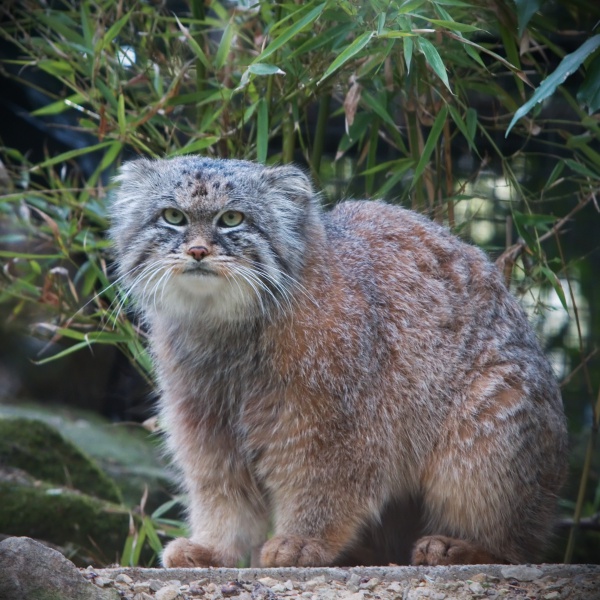Facts About Pallas' Cat
Pallas's cat, also known as the manul, is a small wild feline native to the grasslands and montane steppes of Central Asia. This elusive creature faces several threats, including habitat degradation, a declining prey base, and hunting. Despite these challenges, it has been classified as "Least Concern" on the IUCN Red List since 2020. The species was first described in 1776 by the German naturalist Peter Simon Pallas.
Scientifically, the name *Felis manul* was assigned by Pallas in 1776. Over the years, various subspecies and classifications have been proposed, but currently, two subspecies are recognized by the Cat Classification Task Force. Phylogenetic analyses suggest that Pallas's cat diverged from a common ancestor with the genus *Prionailurus* millions of years ago.
In terms of appearance, Pallas's cat is about the size of a domestic cat but has a stockier build, dense fur, and distinctive markings. It can be found across Central Asia, including parts of China, Mongolia, and Russia. The cat prefers high elevations and rocky terrains, making it well-suited to its rugged habitat.
Behaviorally, Pallas's cats are solitary creatures that primarily hunt during the day. They have a short breeding season and typically give birth to litters of two to six kittens. The species faces threats from historical hunting for fur, habitat loss, and incidental trapping.
To help protect Pallas's cats, several range countries have implemented legal protections, including hunting bans and CITES listings. Conservationists are also studying the species in nature reserves to better understand its ecology. In captivity, efforts are underway to breed and conserve Pallas's cats, though these efforts are challenged by health issues and high mortality rates.
The name "manul" originates from the Kyrgyz and Mongolian languages, while "Pallas's cat" honors the naturalist who first described it. Ongoing research and conservation efforts are crucial to ensuring the survival of this unique and intriguing species in the wild.

 Tajikistan
Tajikistan